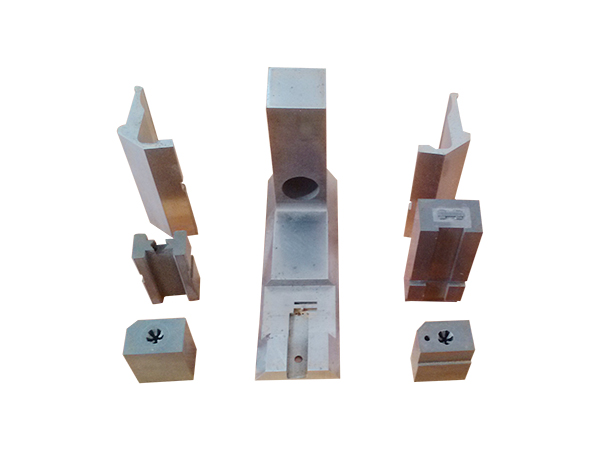4Company dynamics

Severe tool wear makes it difficult to regrind and affects the processing quality of precision parts. Due to different workpiece materials and different cutting materials, the normal wear of the tool has the following three conditions:
1. Flank wear
Flank wear only occurs on the flank surface. After abrasion, an edge surface with αo ≤ 0o is formed. Its height VB represents the amount of wear. This wear is generally used for cutting brittle metals or cutting plastic metals with a lower cutting speed and a smaller cutting thickness (αc <0.1mm) Time.
At this time, the mechanical friction on the rake face is small and the temperature is lower, so the wear on the flank face is larger.
2. Rake face wear
Rake face wear means that the worn parts mainly occur on the rake face. Generally, at higher cutting speeds and larger cutting thicknesses (αc> 0.5mm), when cutting plastic metals, the chips flow out from the rake face. Due to friction, high temperature and high pressure, it is ground near the cutting edge on the rake face Crescent moon.
The amount of wear on the rake face is represented by the crescent depth KT. In the process of precision parts processing, the crescent cavity gradually deepens and widens, and expands toward the cutting edge, even leading to chipping.
3. The front and flank surfaces are worn at the same time.
Simultaneous wear of the front and flank surfaces refers to the simultaneous appearance of the rake and flank wear on the tool after cutting. This is a form of wear that occurs more often when cutting plastic metals with medium cutting speeds and medium feeds.
After the tool is sharpened, the total cutting time from the machining of precision parts until the wear reaches the wear limit is called tool life, that is, the combination of the pure cutting time between two regrinds of the tool, which is represented by "T". If the wear limit is the same, the longer the tool life, the slower the tool wear.


